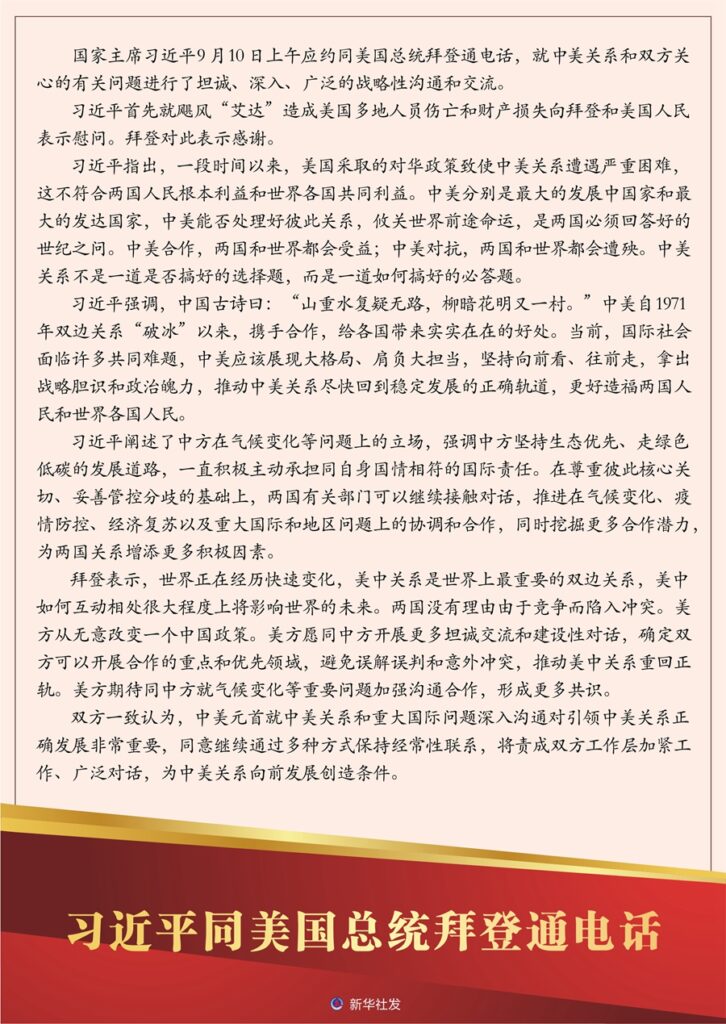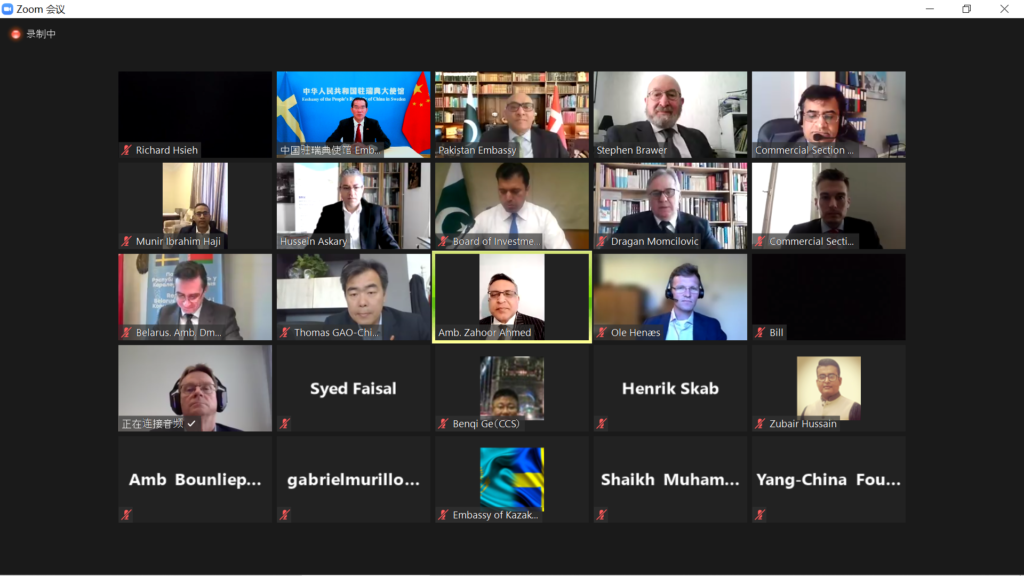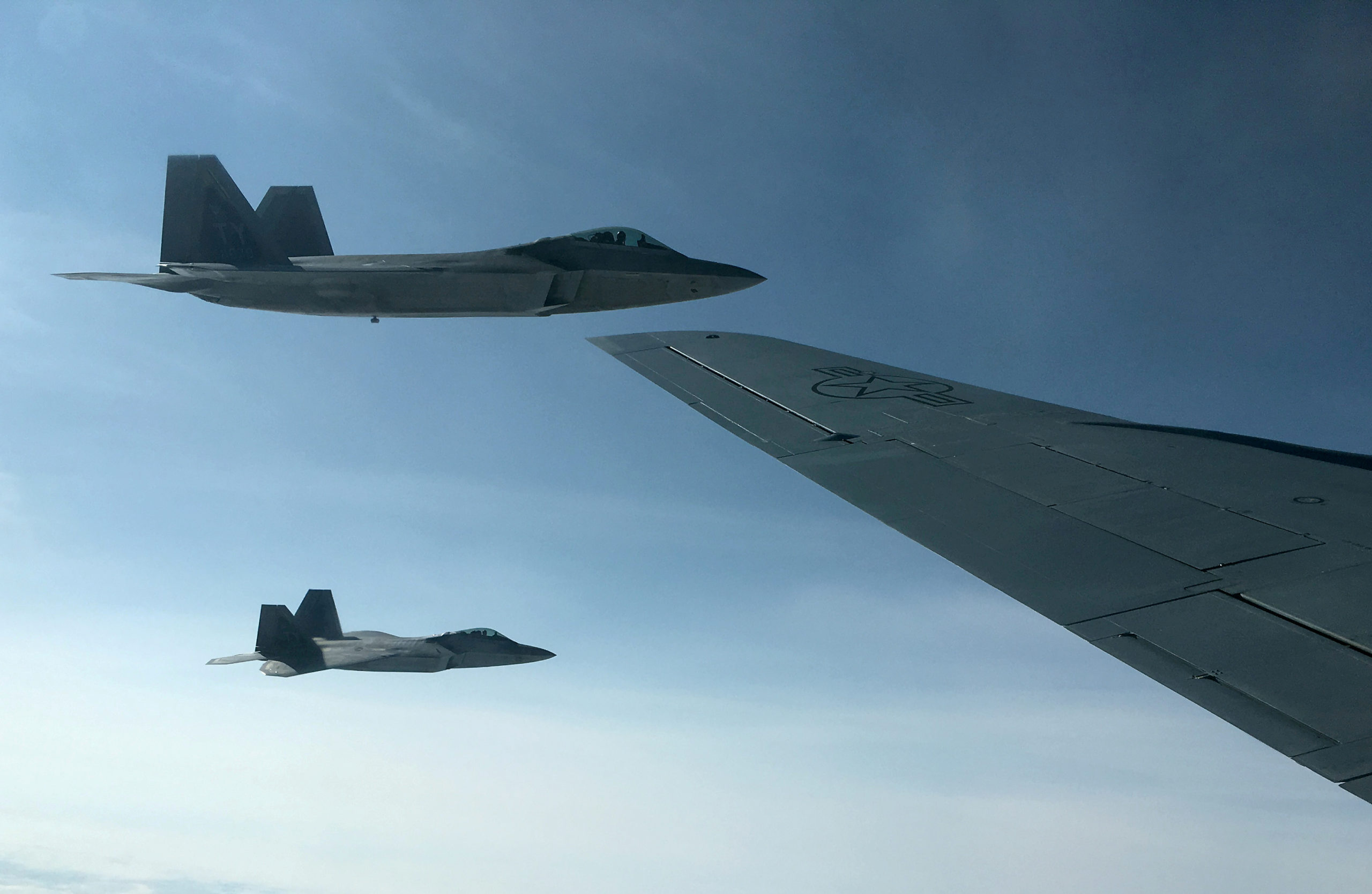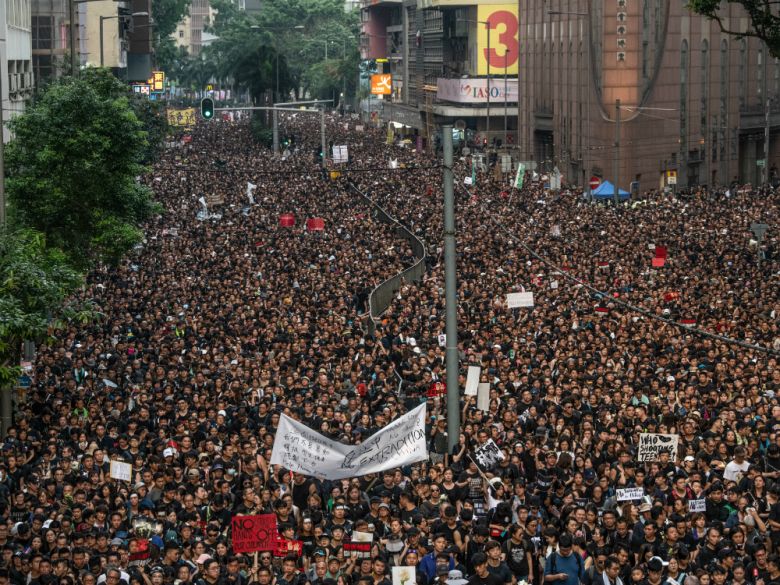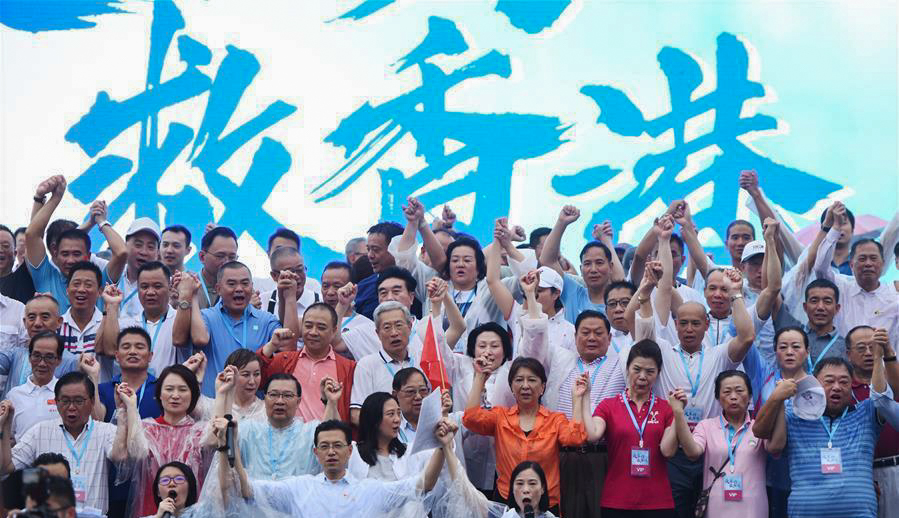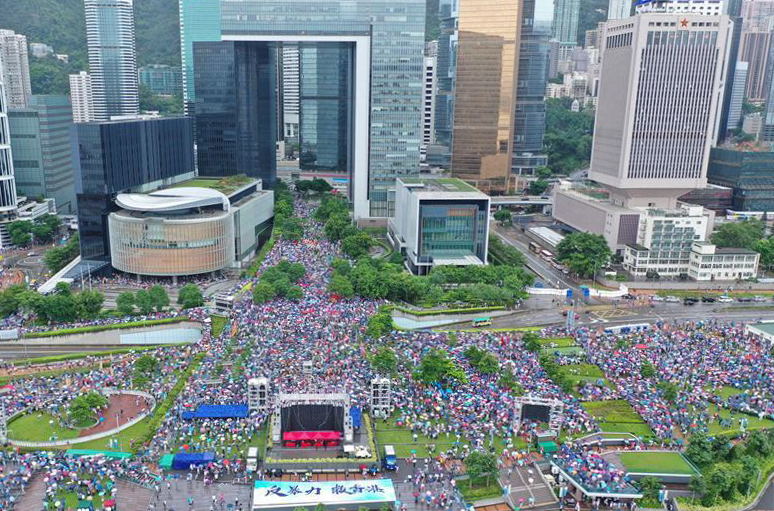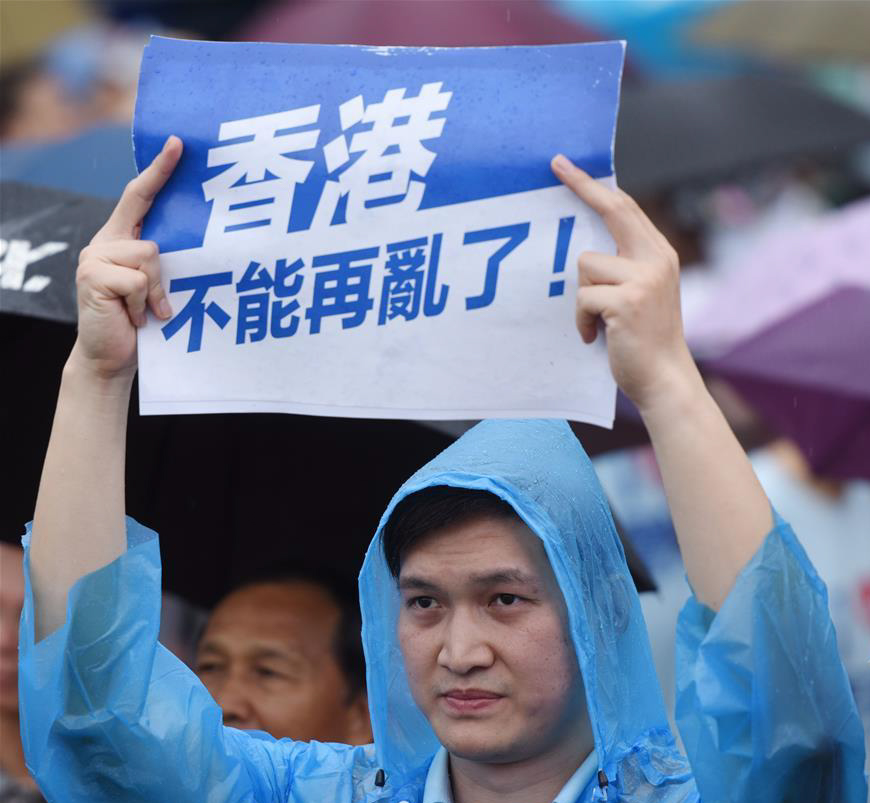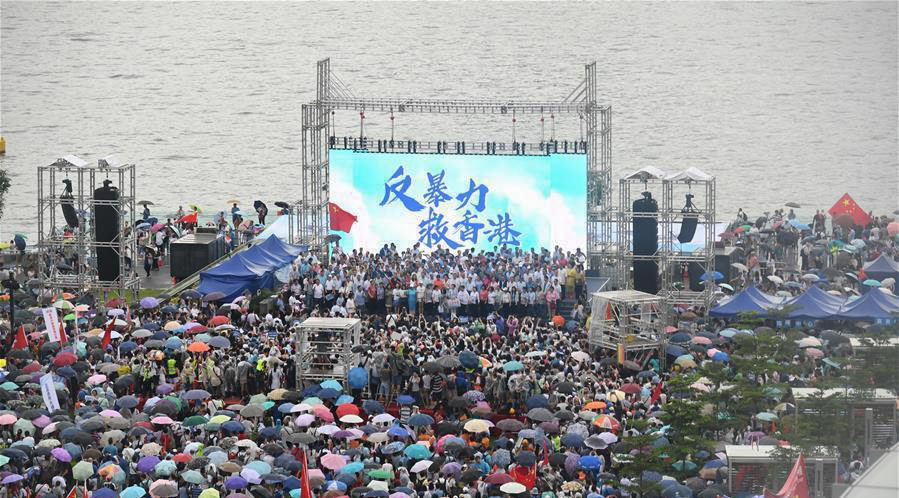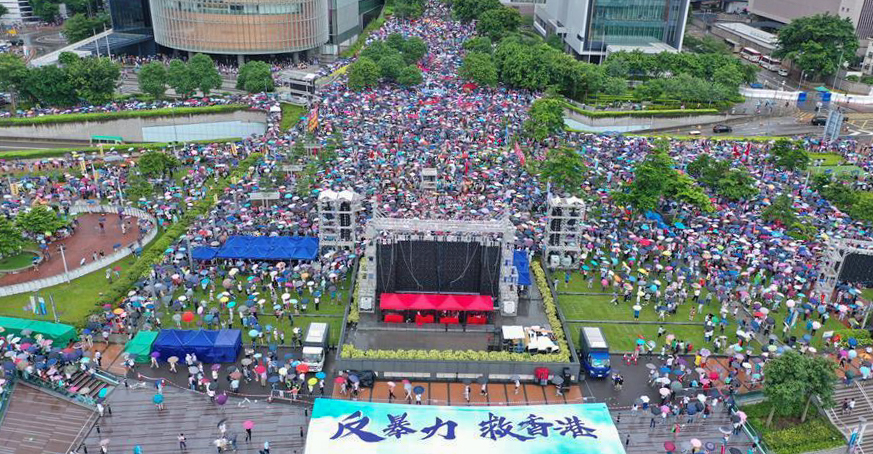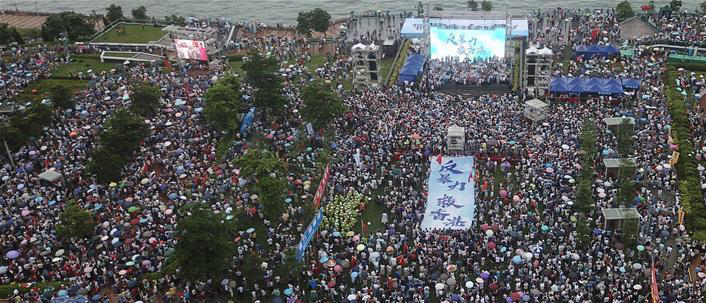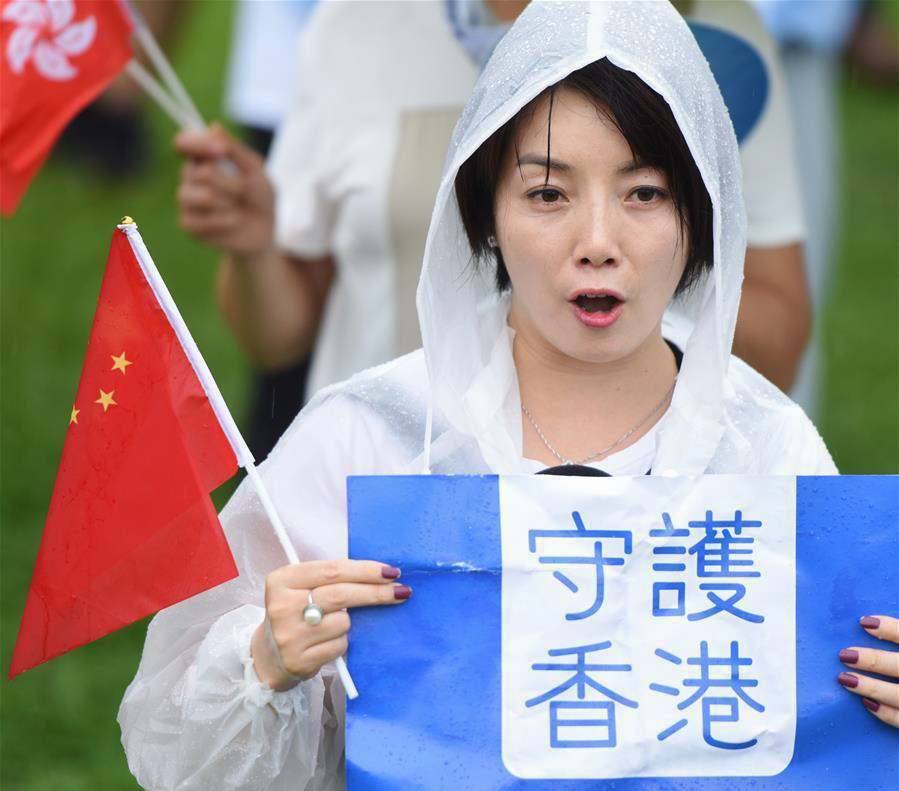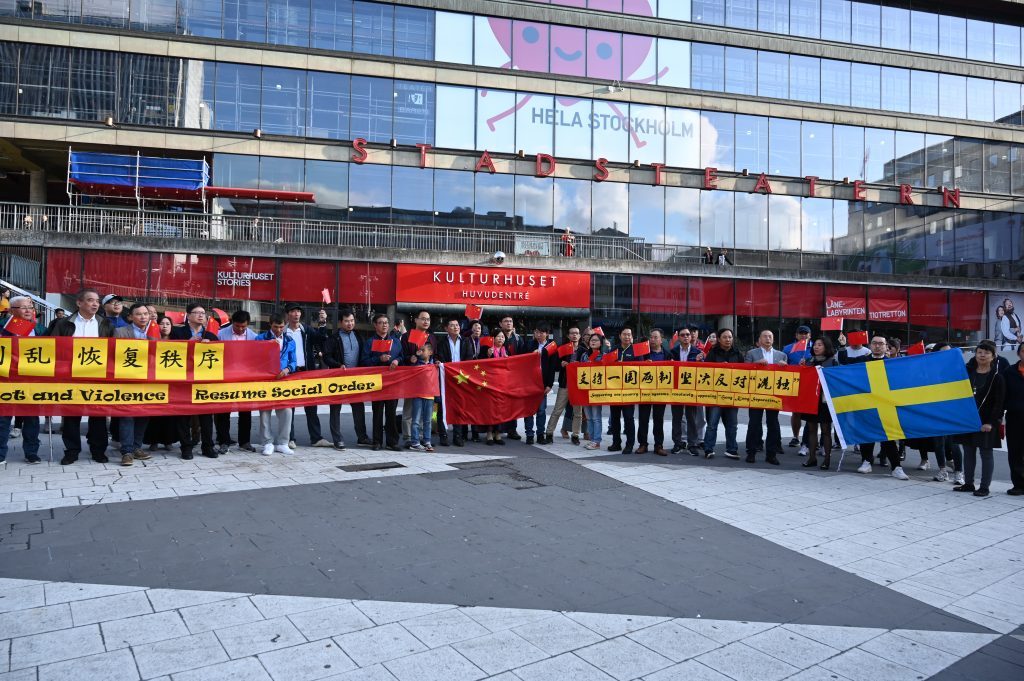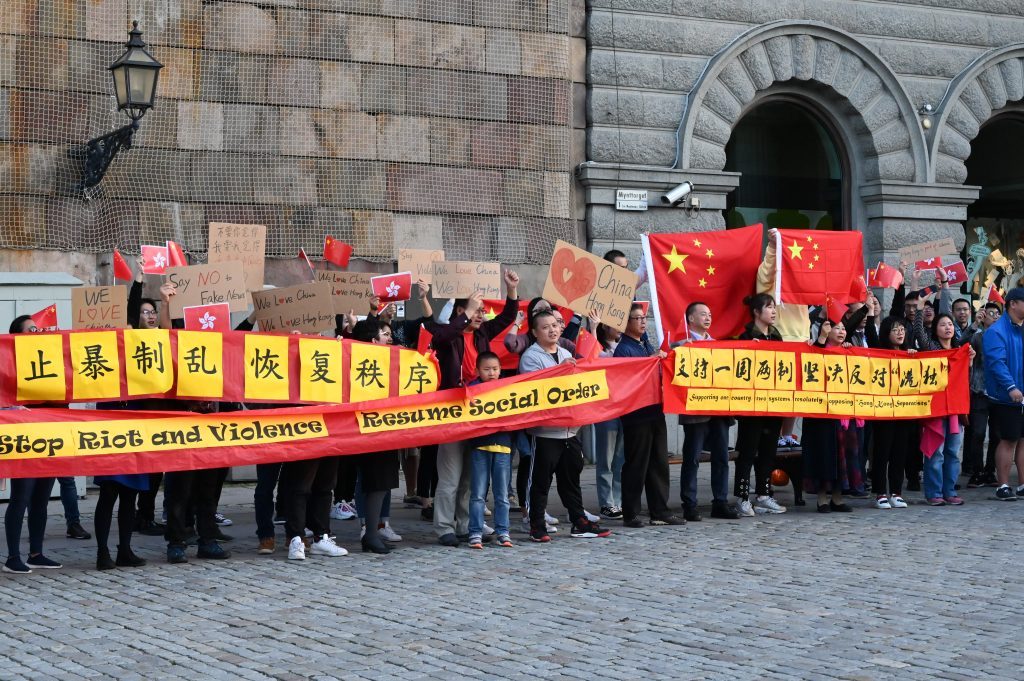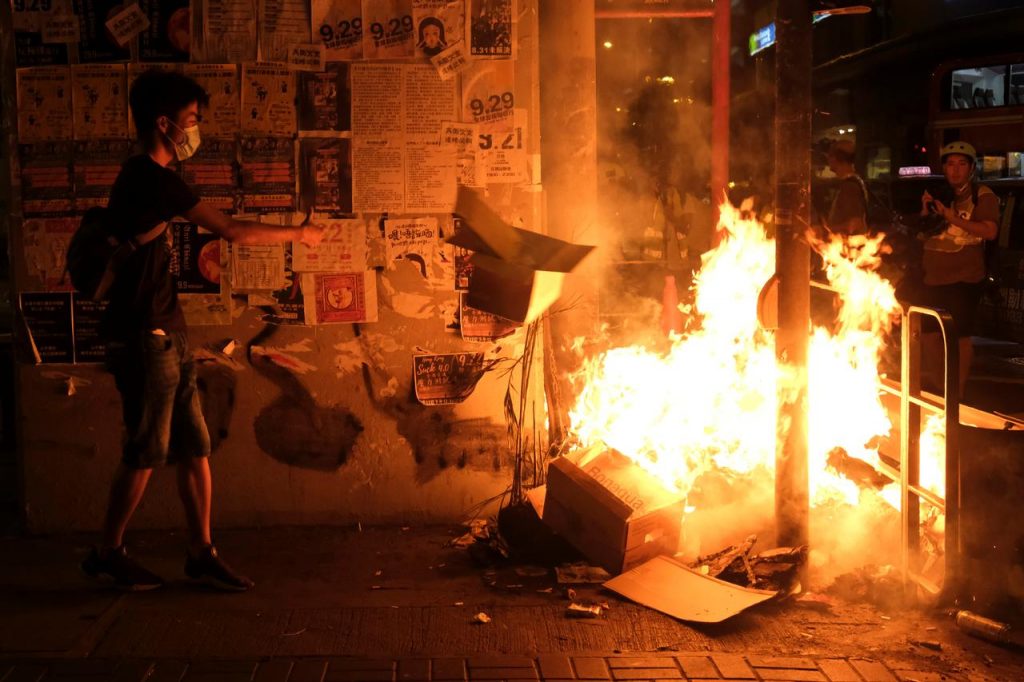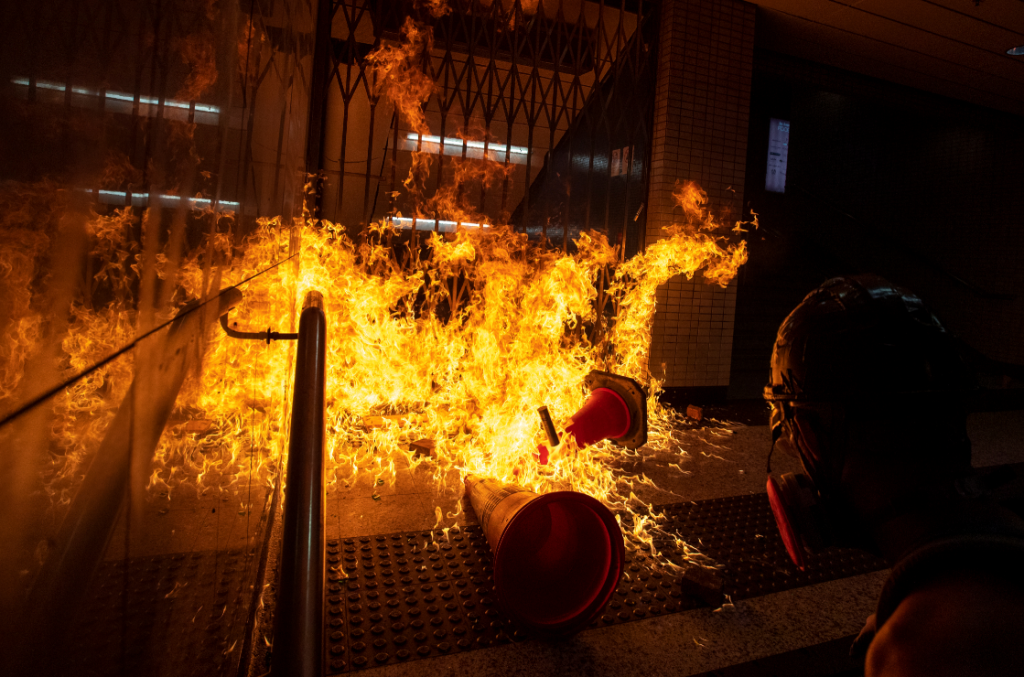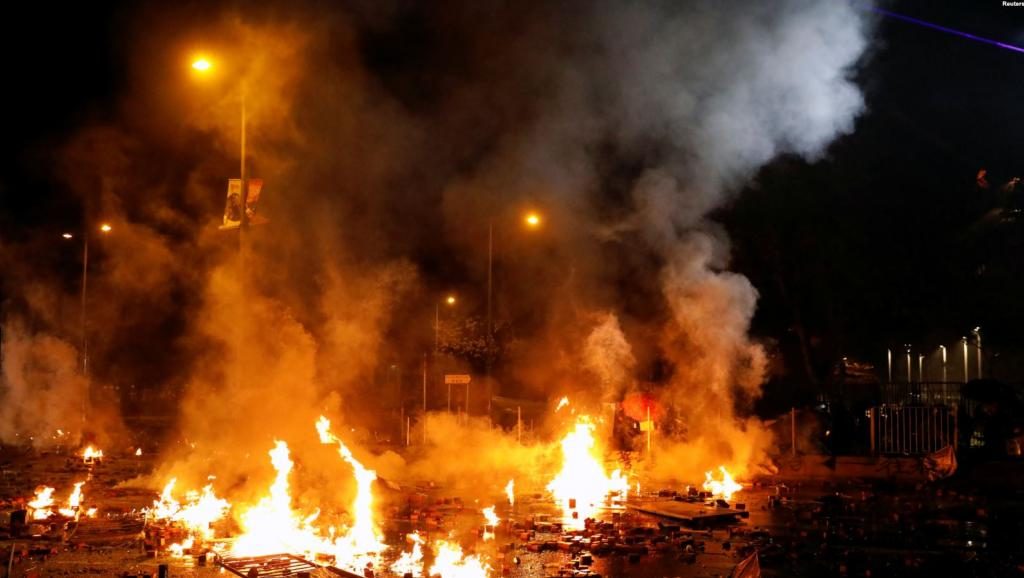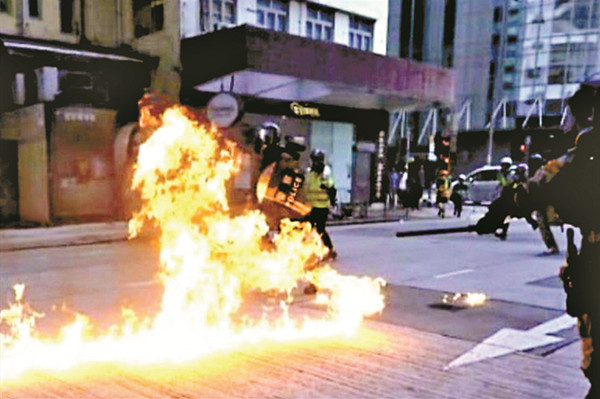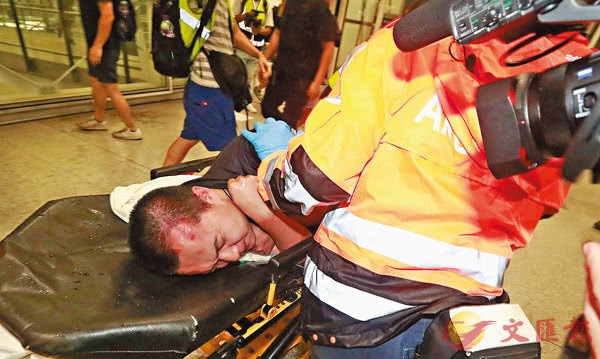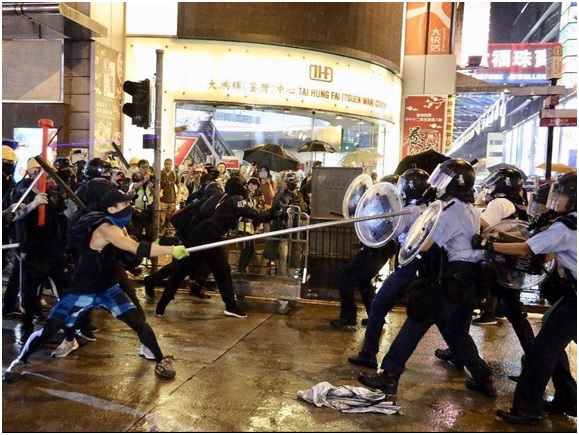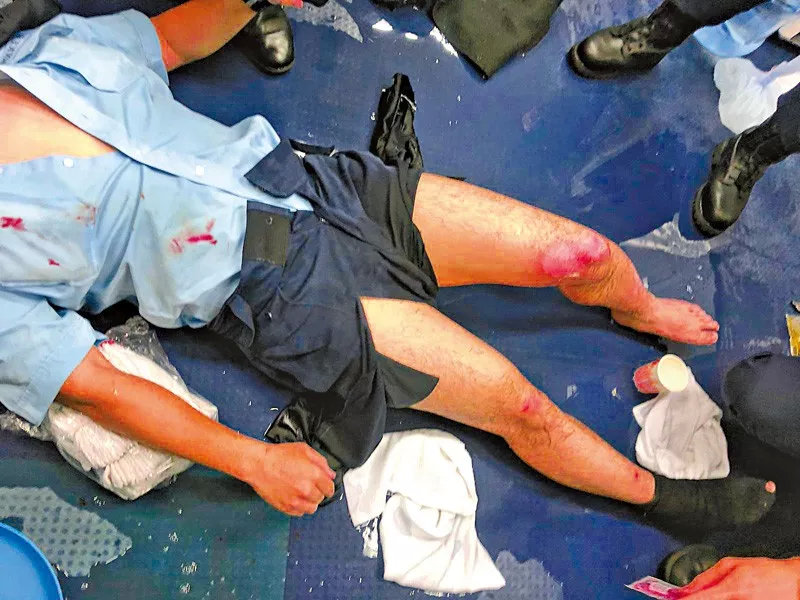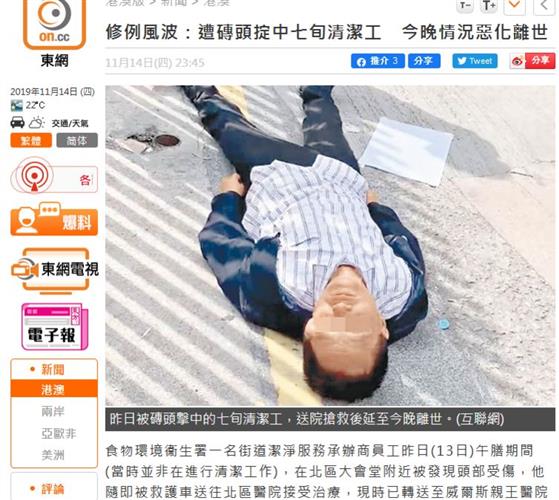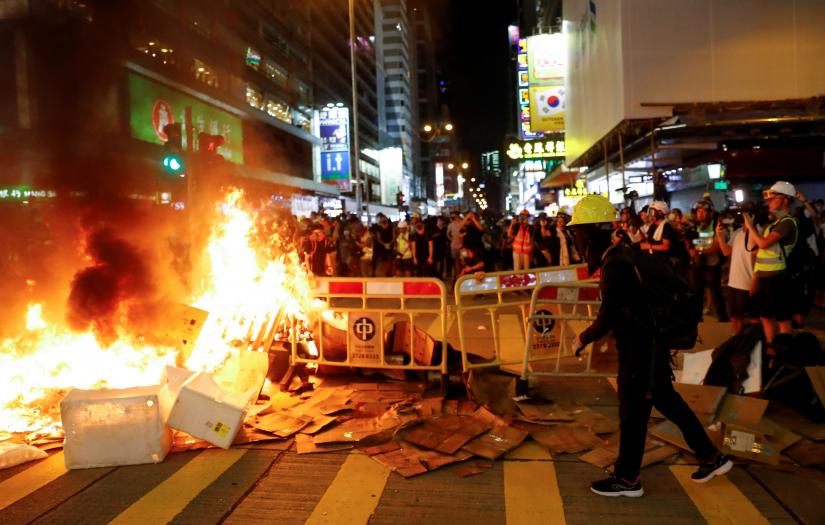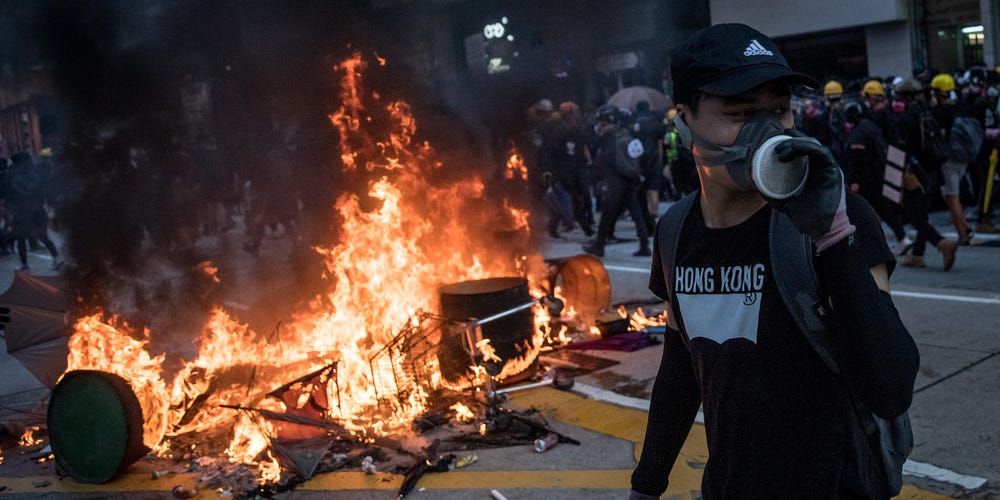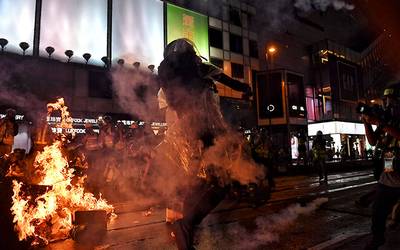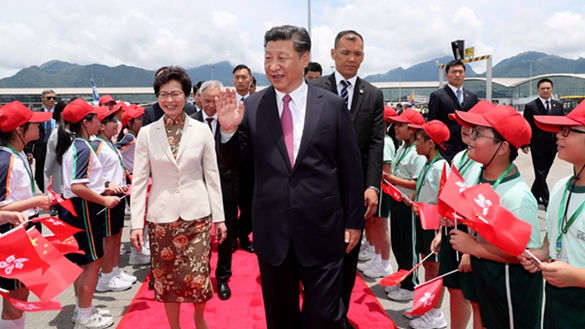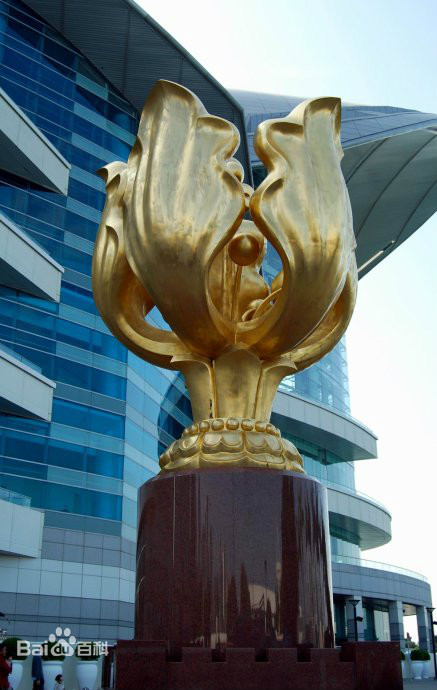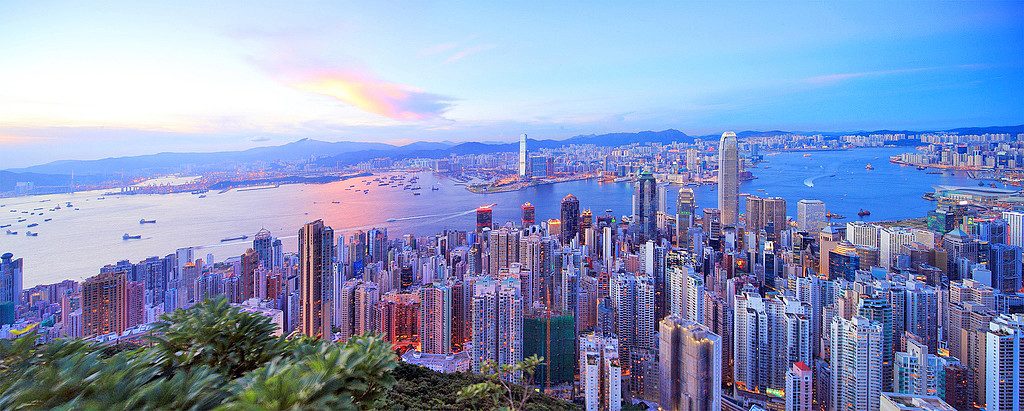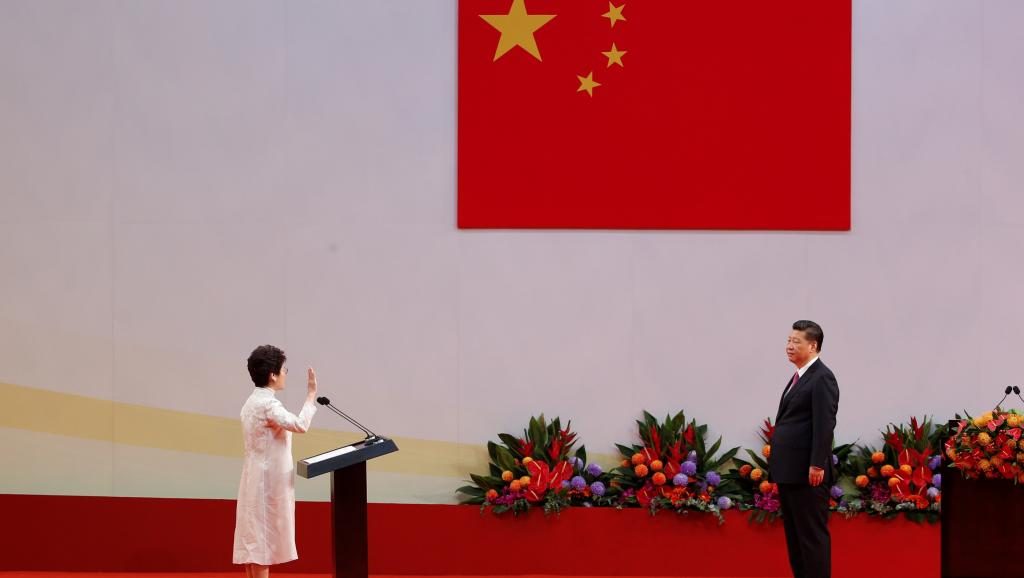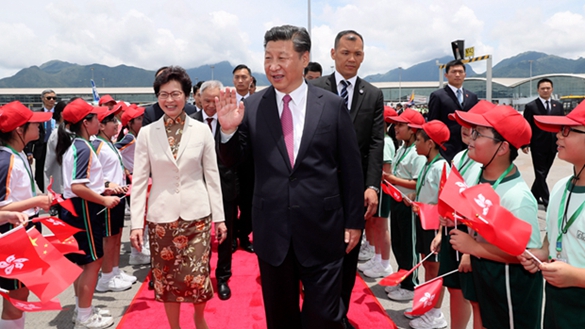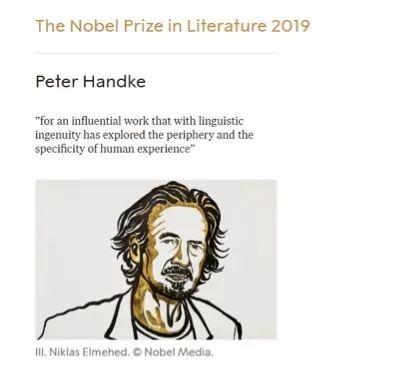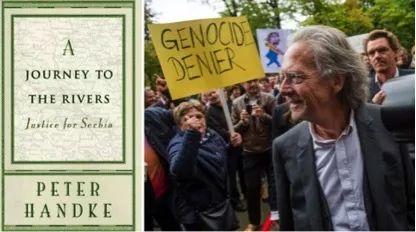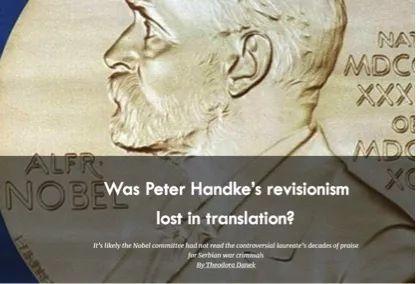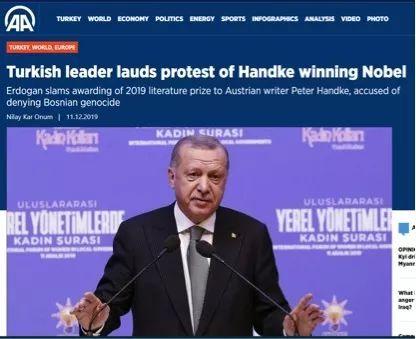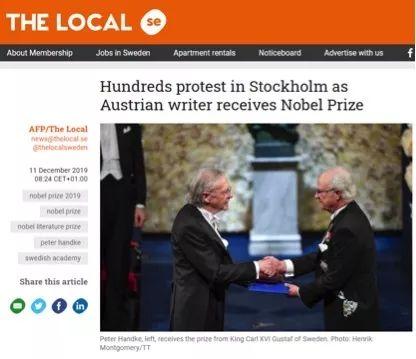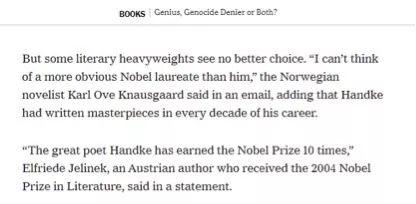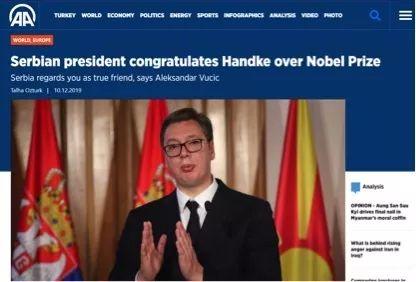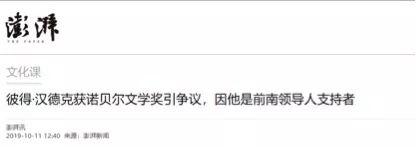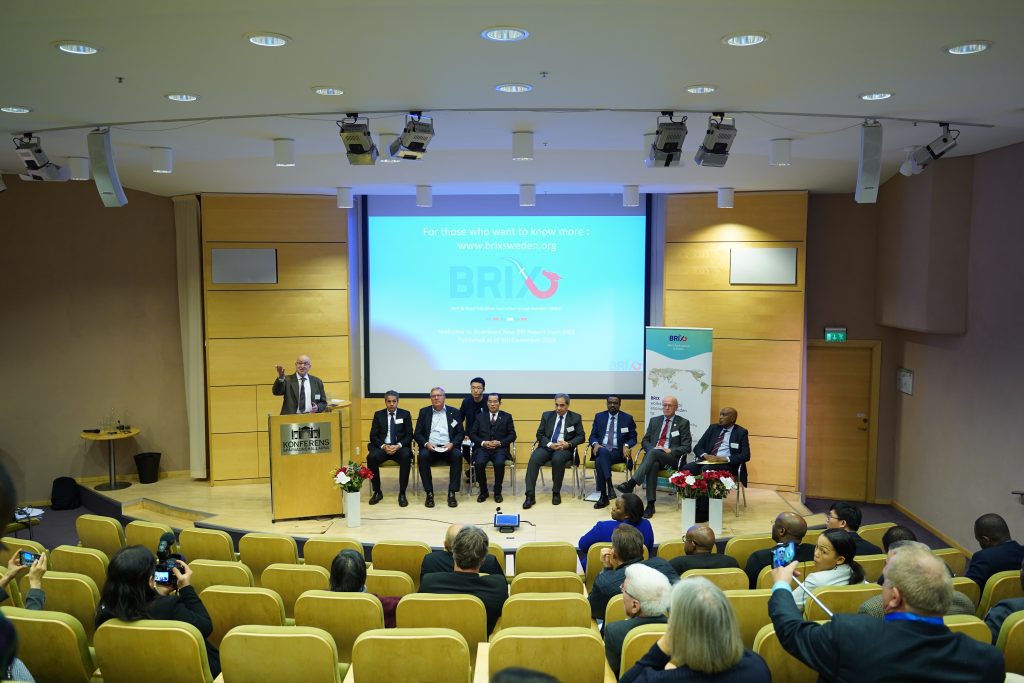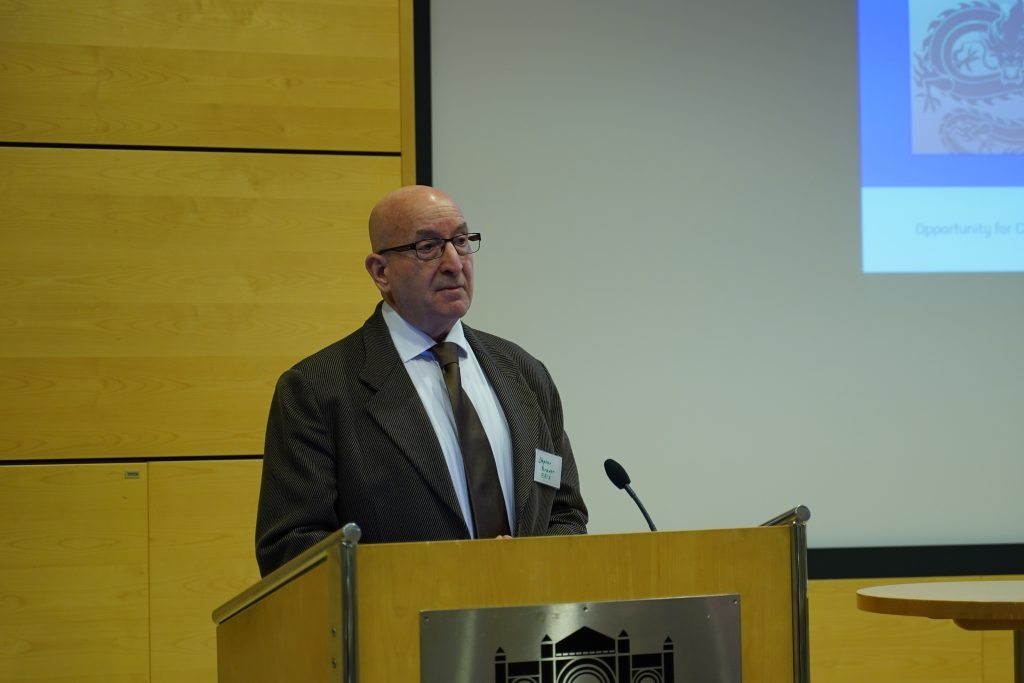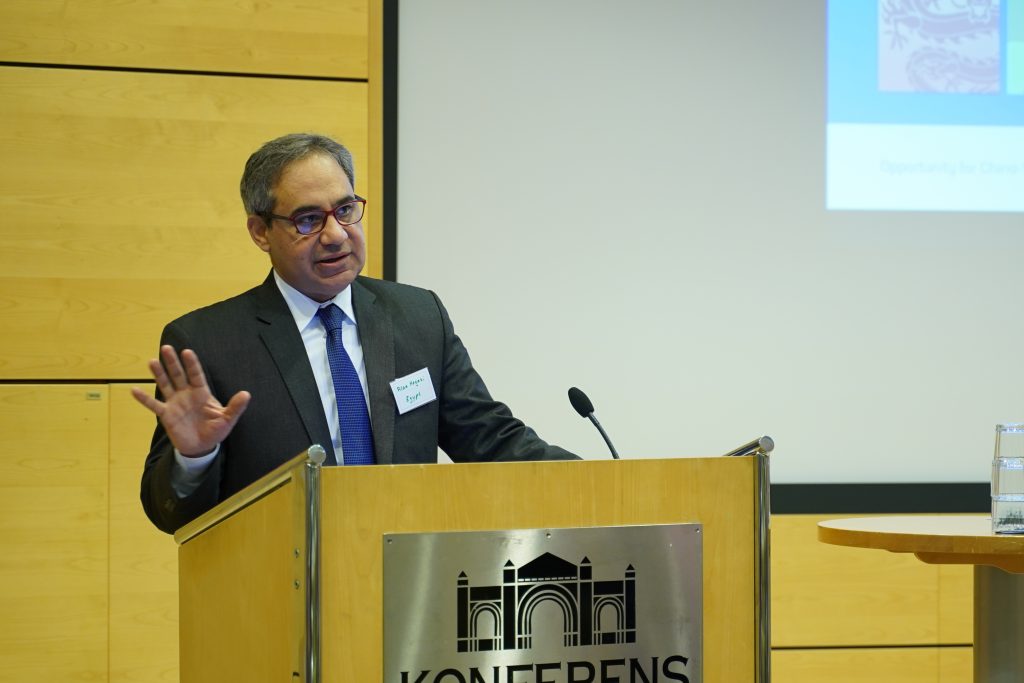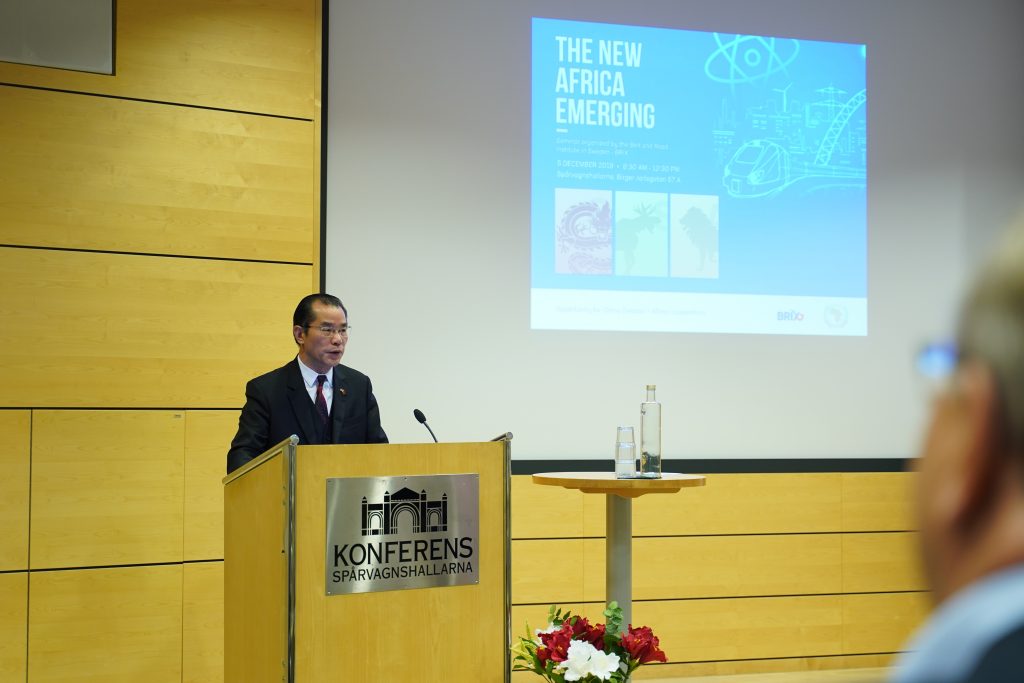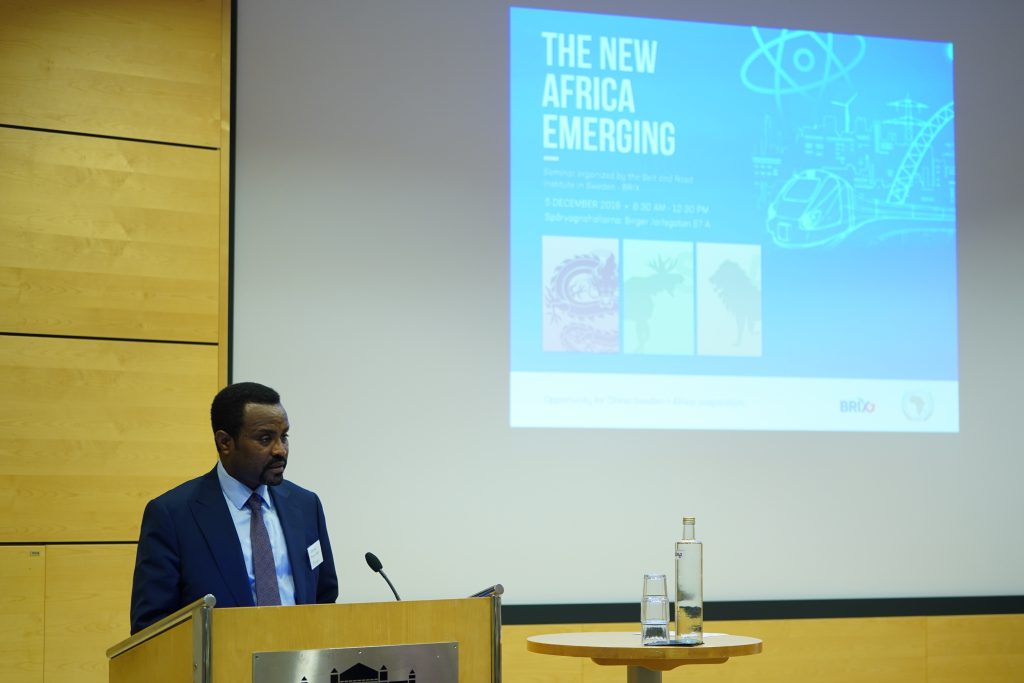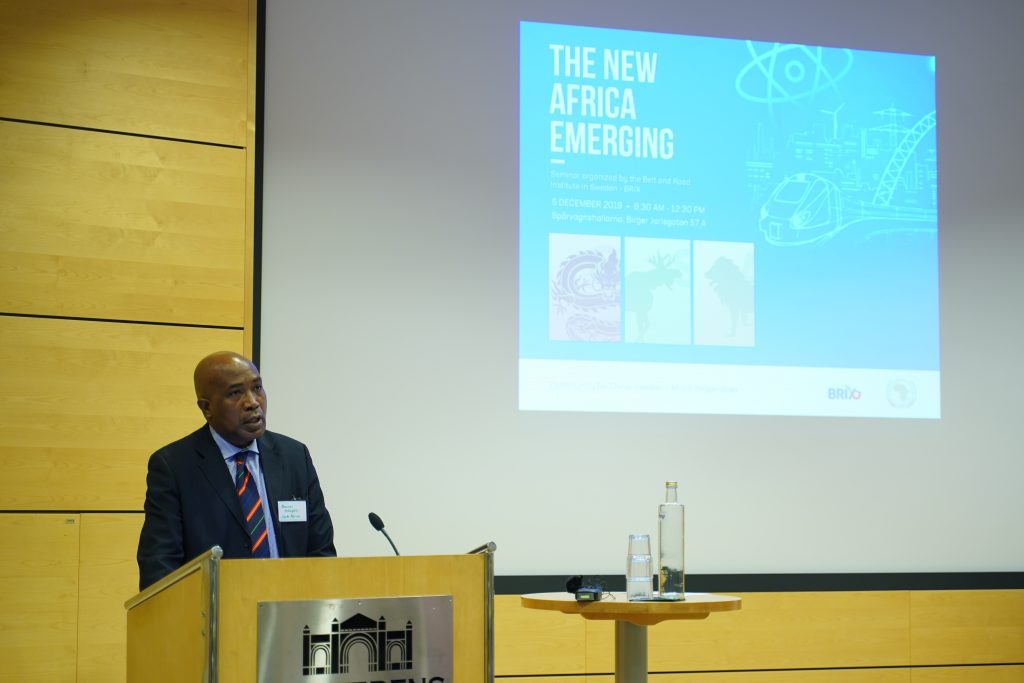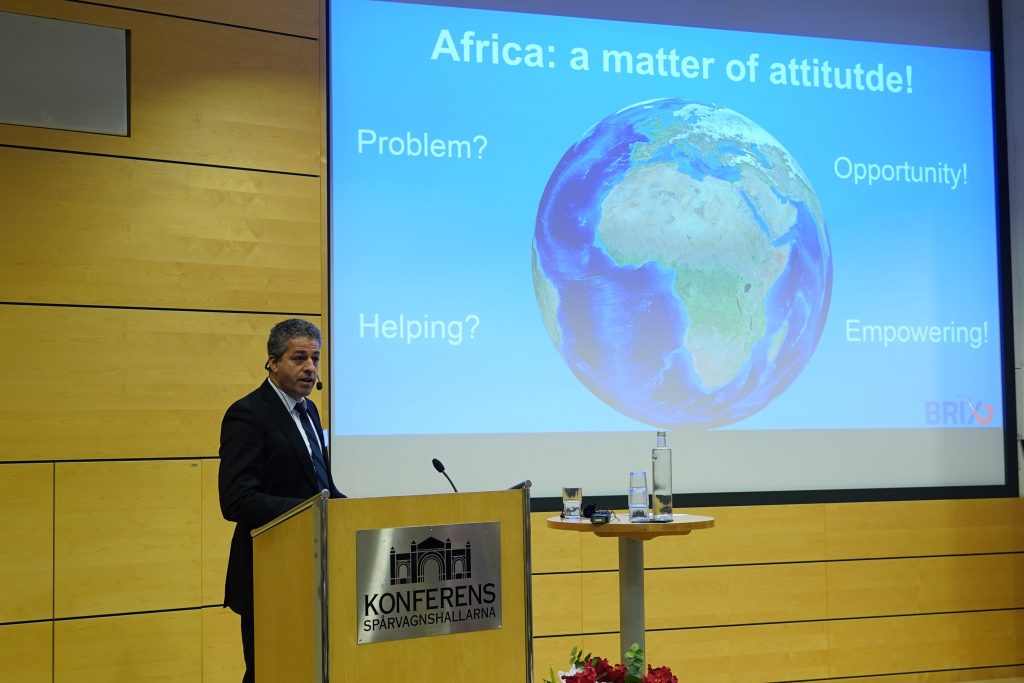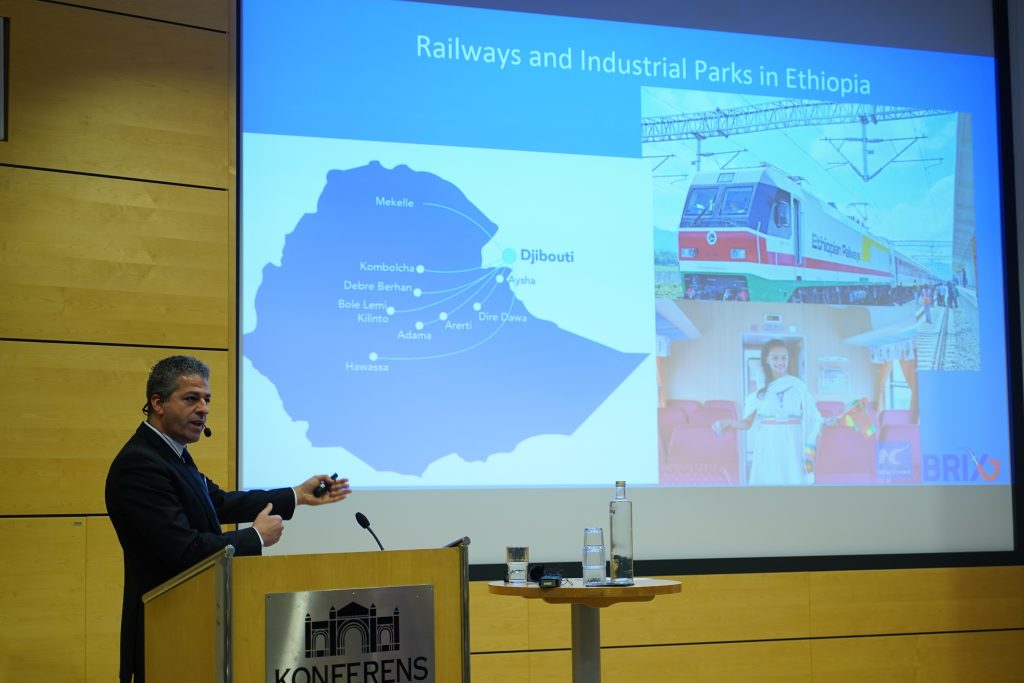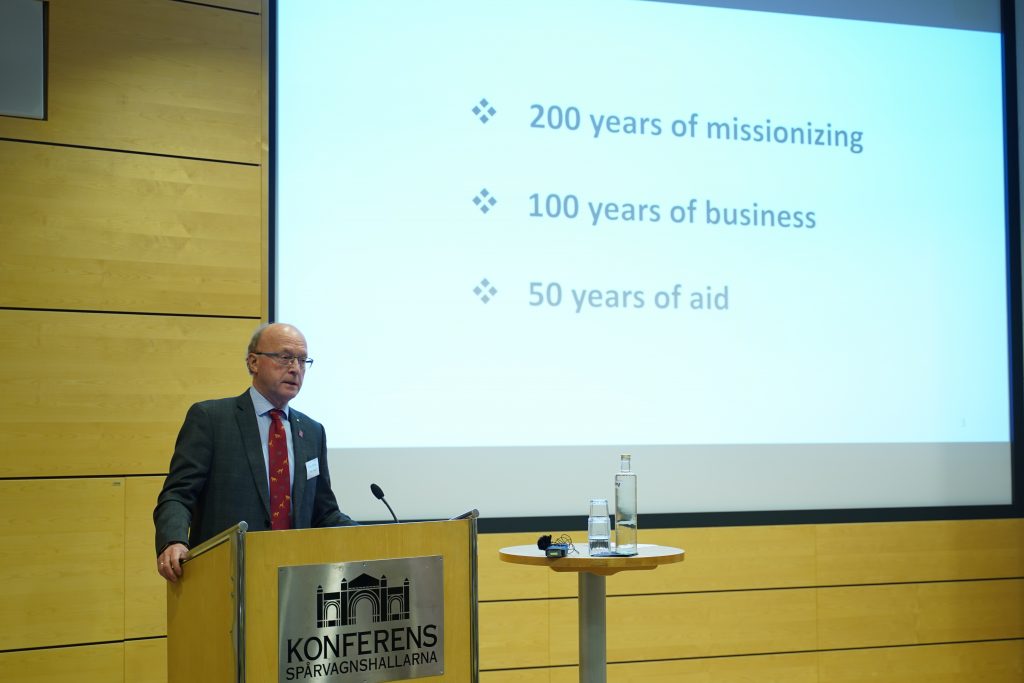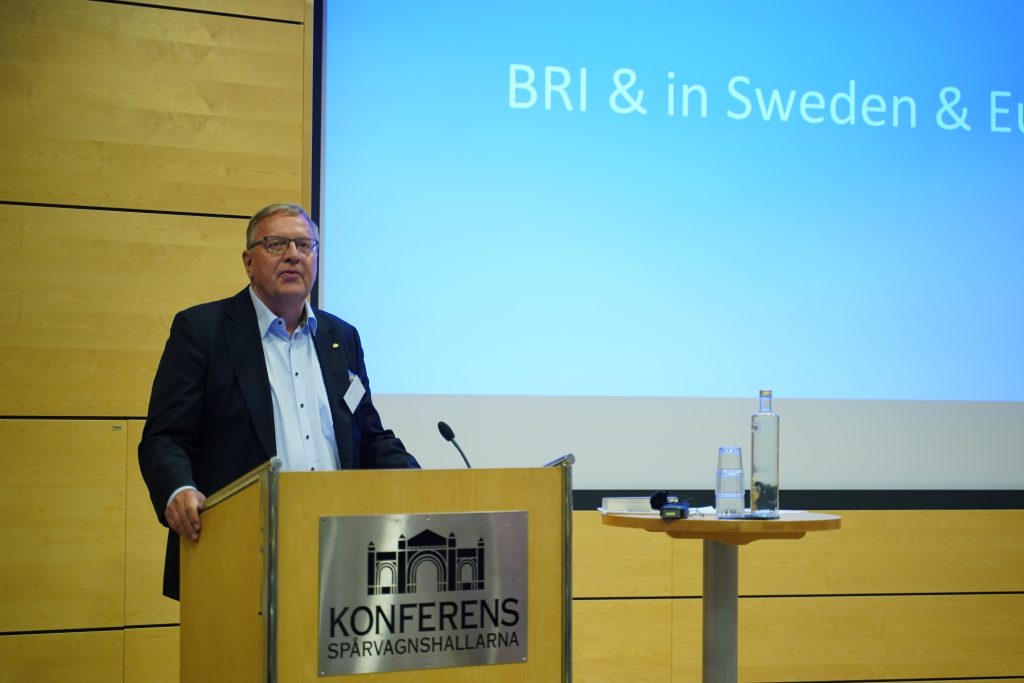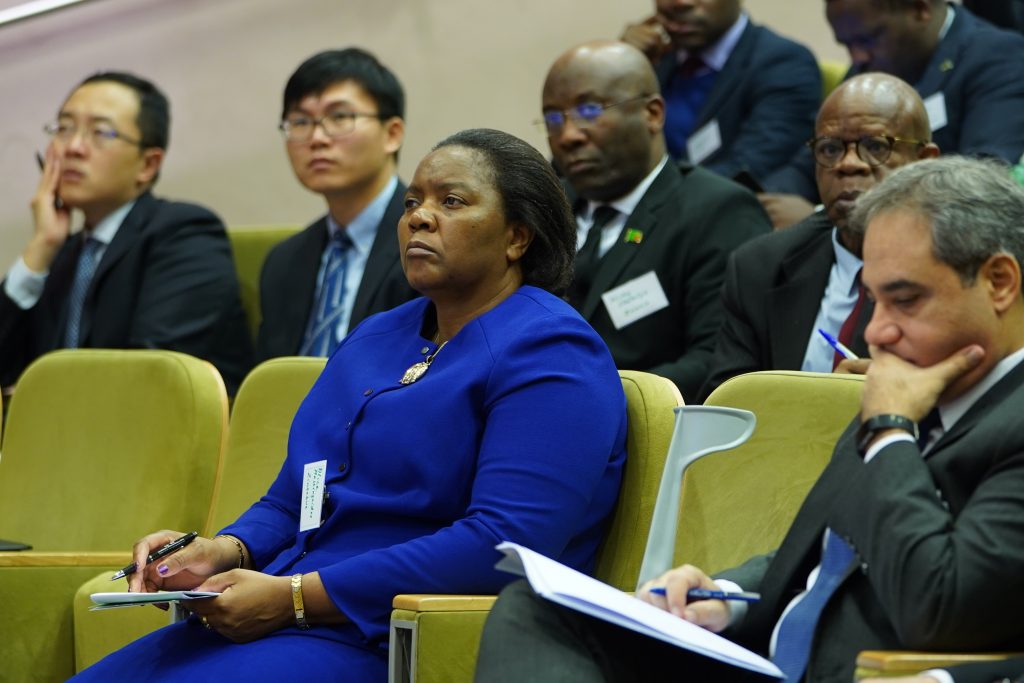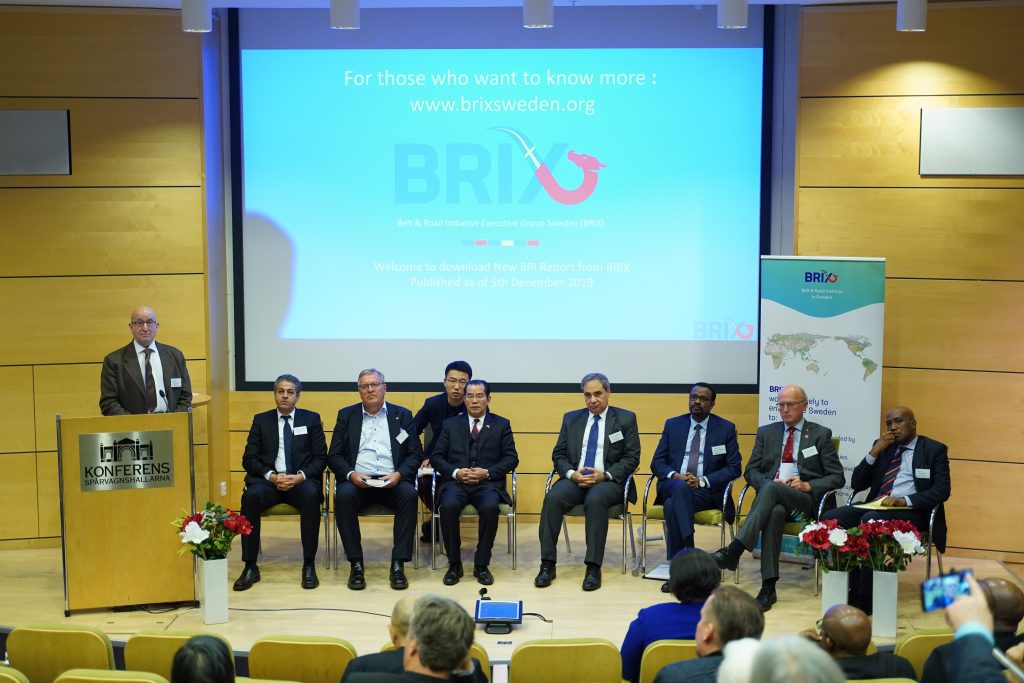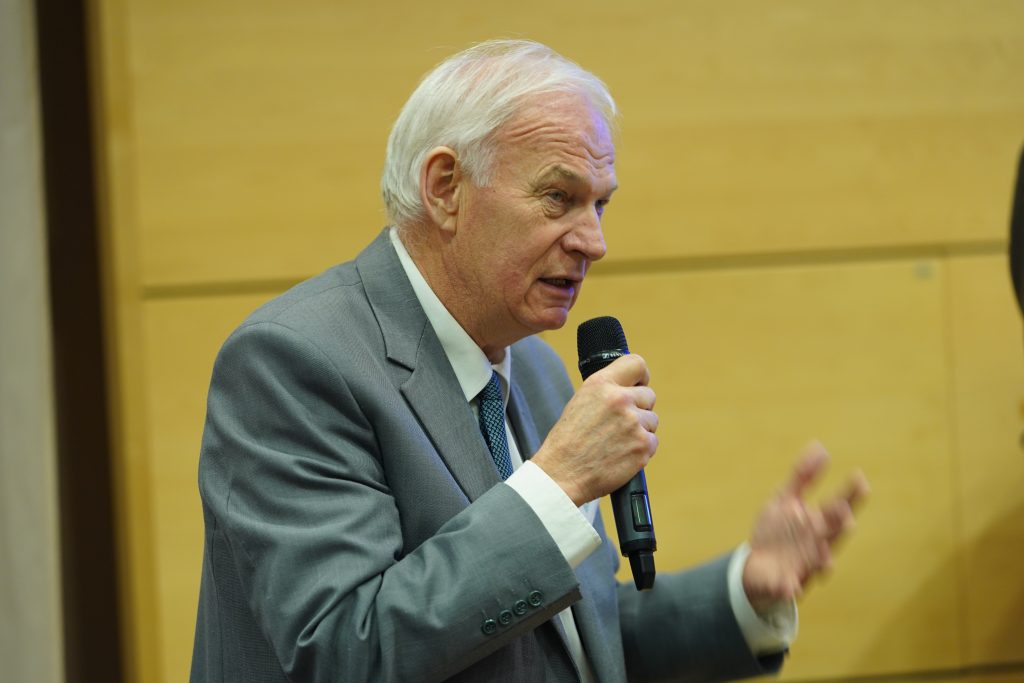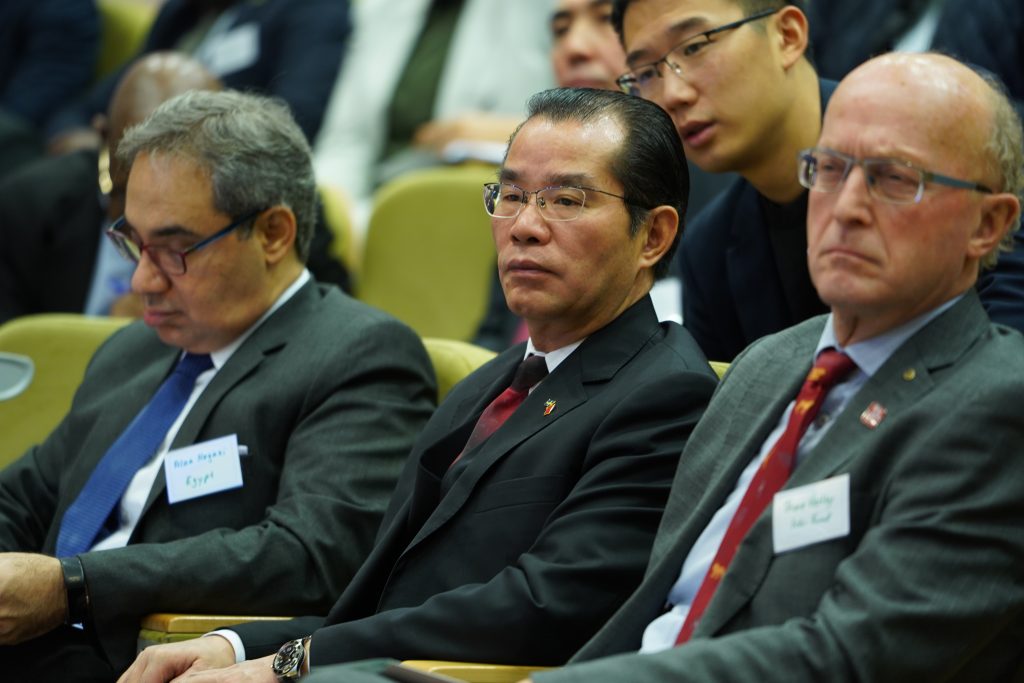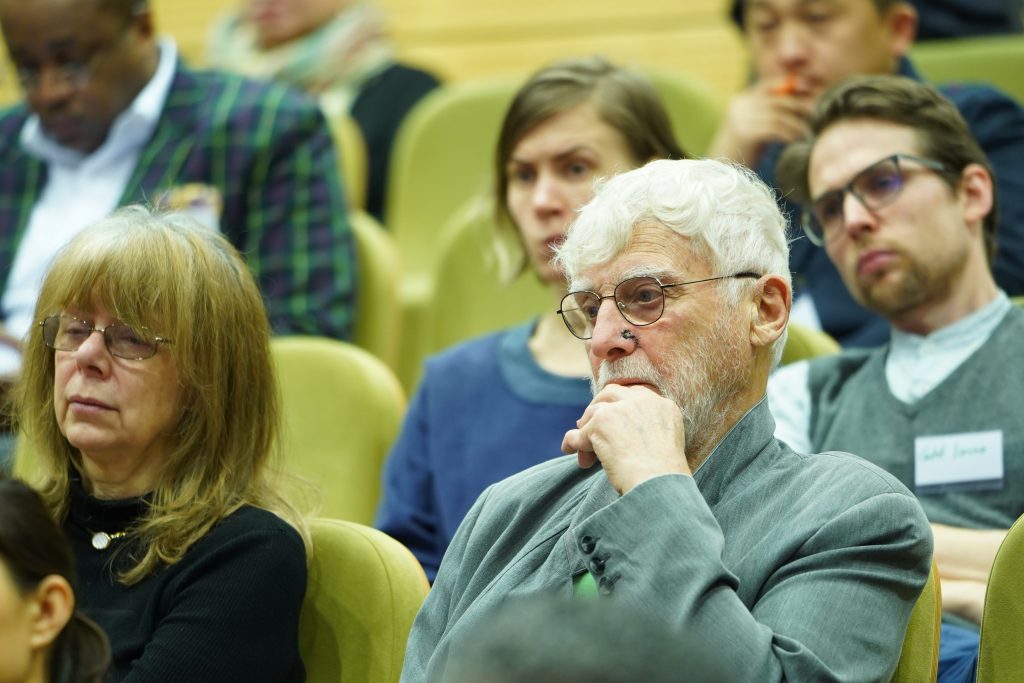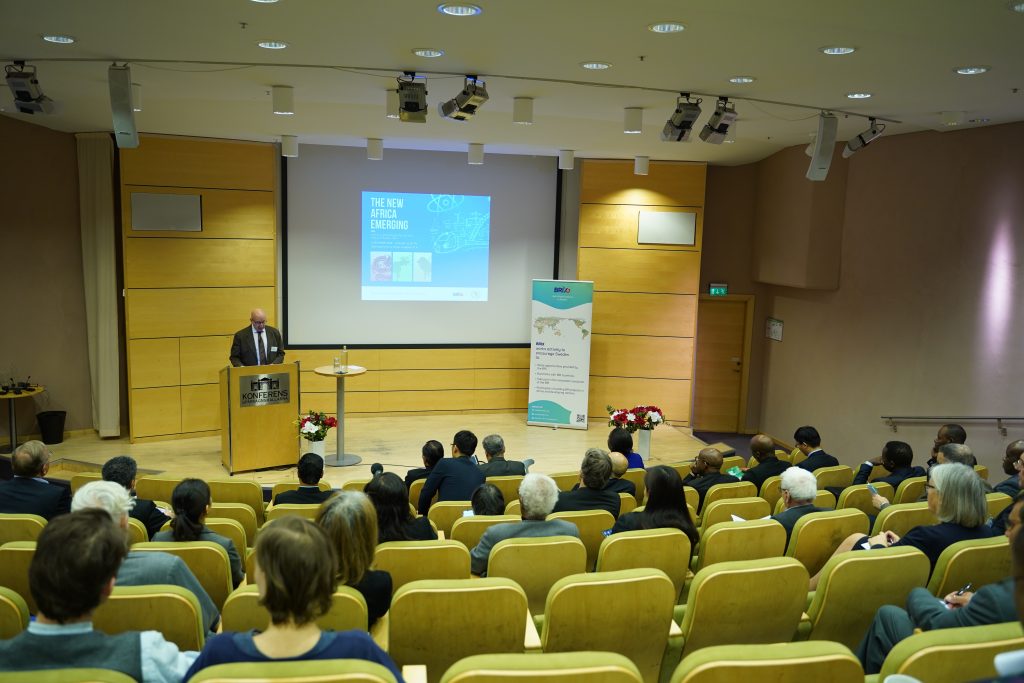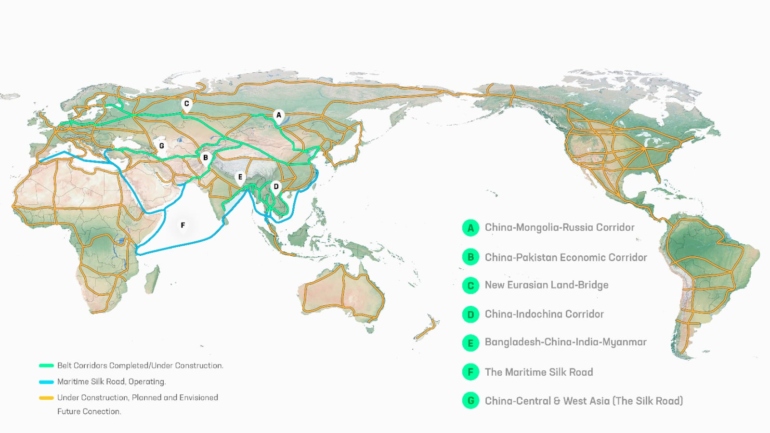Christopher Ford , Tuesday 31 Aug 2021
Christopher Ford published his side of the story in the State Department of the United States about the Lab leak Inquiry. The following is the whole article.
In both journalism and policymaking — if not always in politics, or in the sordid world of score-settling by unemployed, second-rate apparatchiks — facts matter, and intellectual integrity matters. In light of the remarkable quantity of errant nonsense that has been written in the last couple of weeks about squabbles inside the U.S. State Department about how to look into the origins of SARS-CoV-2 in the closing weeks of the Trump Administration, I hope this open letter will help set the record straight for those who still care about things such as facts.
I write this because, to put it bluntly, I’m tired of being the butt of stupid and paranoid conspiracy theories being promulgated by those who know better. I recognize that some of these conspiracy narratives are, for any thoughtful person, self-refuting even on their face. (As someone who has been warning the policy community since at least 2007 about threats to the United States and the democratic world from the Chinese Communist Party’s geopolitical ambitions — including in two scholarly books and scores of articles and speeches, including in official capacity at the State Department — have I been “protecting” the Chinese Communist Party from accountability? Good grief.)
Nevertheless, I’ve been around politics long enough to know that an imbecility that slots into a convenient narrative beats an awkward fact any day, and manic performative outrage is much more fun than sober analysis. So perhaps offering clarity here won’t change a thing. Yet I’m still going to try.
I’m also going to try to do something unorthodox here. Rather than using this letter as an opportunity to invent and loudly dispense my own post hoc version of what happened — a dishonest revisionism-of-convenience that is in abundant supply, but that I will leave to others — I will try to offer you only specific claims that are supported by contemporaneous documents that enterprising journalists at Fox News and Vanity Fair have recently put into the public record.
Part One: A Clear Documentary Record
In particular, since the question at hand is my own particular role and position in connection with investigating the origins of the COVID-19 virus, I will refer to three unclassified documents that I myself wrote and sent to others at the State Department in early January 2021. (For the record, I did not retain these documents when I left the Department. Thankfully, however — at least for me — some of the lies being told on these topics have apparently caused offense among those who know what really happened and clearly did retain the documents.) I’m happy to see them in the public record, because they make very clear exactly what I was doing at the time, and why.
The documents are as follows:
1. An e-mail I sent to Tom DiNanno and David Asher on January 4, 2021, which can be found here thanks to Fox News;
2. An e-mail exchange between me and DiNanno on January 5–6, which can be found here thanks to Fox News; and
3. A message I sent to a number of senior State Department officials on January 8, which can be found here thanks to Vanity Fair.
Part Two: Pushing for an Honest and Defensible Lab-Leak Inquiry
So let me begin with a critical point. As detailed in these documents, the squabbling at the State Department was about trying to ensure that we got our facts straight before going public with dramatic steps such as having Secretary Pompeo announce that it was “statistically” impossible for SARS-CoV-2 to be anything other than the product of Chinese government manipulation, sending “demarches” to foreign governments with this theory, or writing up China for having violated the Biological Weapons Convention (BWC) in connection with COVID-19.
The dispute had nothing whatsoever to do with trying to quash investigation into the origins of the virus, and everything to do with trying to ensure the honesty and intellectual integrity of that investigation precisely because it was vital for us to get the bottom of the question of COVID “origins,” including the possibility that it came from the Wuhan Institute of Virology (WIV). I strongly supported looking into the “lab-leak” hypothesis, which clearly is a real possibility.
But I’m not just saying this now. I said it at the time, too. A lot.
Let’s look at the documents, starting with my January 4 e-mail to DiNanno and Asher. In that message, I highlight that the Arms Control, Verification and Compliance (AVC) Bureau’s scientific “allegations about WIV and Chinese BW work allegedly being the source” of SARS-CoV-2 were “important” and “worrying,” and that these significant claims needed to be evaluated by real scientific experts.
(Yes, I admit that I called the virus the “WuFlu.” At a time before the World Health Organization had come up with “non-stigmatizing” designators such as “Alpha,” and people talked freely about things like the “UK variant” or “South African variant,” it didn’t seem unfair to tag the original virus as having indeed come from Wuhan. I’m afraid at another point I called it the “KungFlu,” too. None of this sounds as clever to me in retrospect as I fear it did at the time. But please remember that these were internal e-mails, not intended to see the light of day. Had I written these messages with an eye to public release, I would not have been so glib. Mea culpa.)
Anyway, in my e-mail, I reminded DiNanno and Asher that I had directed them, a month or so earlier, to establish an “expert vetting group or process” that would involve real scientists and intelligence experts in assessing the strength of AVC’s claims. But why, I asked them, had there been no progress in subjecting their assertions to peer review? And why were they running around the interagency spreading these allegations before we knew whether these claims could pass muster with objective, third-party scientists?
As I stated in that January 4 message, I wanted to “demand[] more transparency from the PRC here, especially in light of their appalling early cover-up of COVID-19 during the early weeks when honesty and resolute action could have made such a colossal difference in heading off millions of deaths and untold suffering, and in light of their grotesque history of such cover-ups.”
“An investigation of [COVID] origins is very important,” I reiterated, “and I’m delighted to press their feet to the fire for the honesty and clarity they’ve so far refused to provide.”
In the January 4 message, however, I also stressed how important it was that we get our facts straight before going public, as the U.S. Government, with the accusation that the Chinese government created the virus:
“[W]e need to make sure what we say is solid and passes muster from real experts before we risk embarrassing and discrediting ourselves in public. … As I have repeatedly said, if it turns out that your conclusions are right, I’ll happily be first in line to scream from the rooftops about them, for it would be a colossal outrage. And you may well be right. But I want to be confident about where the facts really lie …. These issues are surpassingly important and we need to get to the bottom of them — but rigorously, defensibly, and truly.”
Hence my annoyance, expressed in that message, that DiNanno had been dragging his feet over my direction to “arrang[e] expert-level bioscience and intelligence vetting of David [Asher’s] work.” I warned DiNanno that such dithering looked bad: “Please don’t continue to feed the impression that AVC is afraid of peer review.” And I insisted that he tell me when they actually planned to get those allegations vetted by real scientists. It’s all there in the e-mail.
The next day, January 5, when I still hadn’t heard back from DiNanno about how they would ensure that their scientific assertions got evaluated by actual scientists, I e-mailed him again. (This was the message at the bottom of the January 5–6 e-mail string Fox News published.) I’ll admit I was grumpy, but I think I was also pretty clear about my focus on ensuring that we got our facts straight on this critical issue of COVID origins:
“It is … becoming embarrassing — and, if I may say so, more than a little worrisome — that AVC seems still to be ducking an expert-level engagement to evaluate its own WIV allegations, even while it has continued, over the last month or so, to brief its claims to non-experts across the interagency.”
DiNanno responded to my January 5 message with platitudes about how all they were doing was “investigating potential arms control violations.” (This is the middle message in the January 5–6 string.) “That Is [sic] exactly what we have done,” he declared, “and will continue to do.”
Let’s pause here for a moment. If you’re paying attention, you’ll have noticed that with this comment about “investigating potential arms control violations,” DiNanno signaled that AVC regarded itself as focusing not so much upon the origins of SARS-CoV-2, per se, as more specifically upon China allegedly having violated the Biological Weapons Convention by creating the virus. They seemed to believe that COVID-19 was a biological weapons (BW) effort gone awry — or perhaps even a BW agent deliberately unleashed upon the world after Beijing had secretly vaccinated its population, as Asher has rather remarkably suggested in public now that the State Department has terminated his consultancy contract. (You can see him in all his sober, cautious, and methodical glory on YouTube.) In this context, I suppose it was hardly surprising — as I memorialized in my January 4 e-mail to DiNanno — that in the December briefing when AVC first pitched me on their WIV-origins theory, Asher at one point suggested that SARS-CoV-2 might be a “genetically selective agent” (GSA) that China was using to target us, as evidenced, he said, by the fact that Sub-Saharan Africa wasn’t reporting many COVID cases while the United States was. (Surely you don’t need me to spell out how that notion was both analytically unsupportable on its face and contained deeply offensive implications, do you? I’ll leave you to work this out on your own, but, uh, wow.)
Fortunately, however, DiNanno also informed me in his January 5 response that AVC had now indeed set up a panel of experts to discuss the scientific claims, which would occur on Thursday evening, January 7. (Finally! As noted in my January 4 e-mail, I’d been demanding expert vetting of AVC’s “statistical” argument since they first came to me with this issue in my office in December.)
As this panel approached, however, I wrote DiNanno again — on January 6 — to emphasize how important it was that we get real scientists to vet AVC’s allegations before we surfaced such dramatic claims in public:
“As I indicated before, having something that sounds scientific to say when making assertions to laymen is not the same thing as being correct. I do not have the scientific expertise to critique David’s claims. Nor do you. Nor, in fact, does he have actual technical training in the first place. That doesn’t necessarily mean he’s wrong, of course, but it does have implications for how to deal with the complex and controversial claims you guys are making about weedy bioscience. … If you’re right, you should be willing to prove it, and to confront experts who — unlike all of the people involved in building and making this argument for you — actually have training in the scientific field about which you make assertions. I really don’t know how I could possibly have been more clear about this over the course of the last month. Your allegations are dramatic, and potentially very significant indeed, but it’s for precisely that reason that they need to be tested and evaluated carefully. …Your claims need to be assessed by real experts — not just waved around as bullet points on slide decks in front of non-scientists who are then dared to prove you wrong.”
It was particularly important to get real expert-level assessment of the scientific assertions AVC was making about laboratory origin because the AVC investigation appeared to have carefully bypassed State Department experts — both in my own bureau and in AVC itself, each of which has a whole office devoted to such questions — and the U.S. Intelligence Community. As I recounted in my January 8 message, “AVC ha[s] apparently been briefing this argument inside the Department and [to] some interagency partners for some weeks, apparently on instructions from a staffer at S/P [the Department’s Office of Policy Planning] who told them they should not inform me or others of this work, nor involve the Intelligence Community.”
(A footnote, but perhaps a significant one: That last bit about cutting real experts out of the loop came to me directly from Tom DiNanno. When I asked him why AVC had been doing all this without telling the senior official to whom they reported — that is, me — he told me sheepishly that he had been instructed to do things this way by Miles Yu, an S/P staffer at the time. According to DiNanno, Yu had represented that these specific instructions came from the Secretary. DiNanno, then in charge of the verification bureau, gave no sign of ever actually having verified that this was true, however. He appeared to have accepted Yu’s representations at face value — in effect, a de facto Assistant Secretary of State taking marching orders from a lower-ranking staffer in another bureau, sight unseen. It would be interesting, now, to find out whether: (1) Secretary Pompeo really directed that AVC’s lab-leak inquiry avoid engaging Departmental BW experts and U.S. intelligence officials, and that it do its work essentially in secret, without telling the official performing the duties of the Under Secretary for Arms Control and International Security; (2) Yu was, at least in this respect, dishonestly freelancing; or (3) DiNanno was just lying to me about his conversation with Yu. Perhaps a good journalist can go figure this out.)
Part Three: The Scientific Panel
Anyway, at least a first chance for scientific vetting came on January 7, when the panel of experts picked by the AVC Bureau had a chance to discuss the “statistical” proof that AVC had been relying upon in its assertions to me and others that the SARS-CoV-2 virus had to have been the product of Chinese government manipulation.
Unfortunately, as I memorialized the next day (January 8), despite my urging — in the last three paragraphs of my January 6 e-mail — that the other members of the panel “have … the benefit of actually being able to read the paper beforehand,” AVC had not shared the document ahead of time. As I observed on January 8, “AVC did not provide us with the actual paper before yesterday’s discussion, so most other participants had not had the chance to study it in detail.”
Even so, it did not take the other panelists long to point out some key flaws in the “statistical” argument, which had been presented orally to the panel by the scientist upon whom AVC had apparently most relied in developing that line of argument. (His name is widely known, but I opted not to single him out in my message to Departmental colleagues. I felt that scientists should have some freedom to figure out the science amongst themselves; my concern was with what the U.S. Government would assert after they did. Rather than drag him personally into the fray, therefore, my memo reflected the fact that this man’s claims had effectively become AVC’s argument as the bureau promoted them in the interagency.)
I’ll spare you the blow-by-blow of criticisms made by other panelists about the “statistical” case AVC had been making at least since the first briefing they gave me in my office in December, though you can read the salient details in the January 8 message I sent to a number of my senior State Department colleagues the next day. (My message focused on the statistical argument, given the prominence it had enjoyed in AVC’s briefings; I did not purport to summarize the panel’s discussion of all matters raised.) As you’ll see if you care to read my several-page account on January 8, the assertions AVC had been making seemed to have major problems. At the least, those assertions were clearly not yet ready to be the official position of the U.S. Department of State — which is why I sent that January 8 message warning my colleagues to be careful about running with that particular “statistical” claim.
I also now know, thanks to Vanity Fair, that DiNanno responded to my January 8 memo with one of his own a day or two later, after I had left the Department. The reader can find it online, so I won’t walk through it here. In light of what you now know from documentary evidence about my actual positions at the time, however, you’ll easily be able to see what a pack of distortions and falsehoods DiNanno’s memo actually was. You might want to lay our two documents side by side and read them carefully in light of the information you now have. I suspect it will be pretty clear that his memo was a dishonest mess of baseless attacks on me — an angry screed addressed to readers whom DiNanno knew did not have the benefit of knowing what I’d actually been saying to him for the last month, and which he sent to his readers at a time when he knew I had resigned from the Department and would have no chance to defend myself and correct the record. (Thankfully, however, our bosses were intelligent folks. One can probably infer how seriously our superiors took DiNanno’s memo by the fact that they apparently acted on my note of caution about AVC’s scientific claims rather than on DiNanno’s shrill and convoluted attempt to defend those assertions and paint me as the villain. More on that below.)
For purposes of this open letter, I’ll leave the issues of science to any of you who are scientists. As I told DiNanno in my January 4 message, “I do not have the scientific expertise to critique David’s claims. Nor do you. Nor, in fact, does he have actual technical training in the first place.” That is precisely why I insisted that AVC set up a panel of experts, and why — after they finally got around to arranging this peer review on January 7 — it was my duty to convey to my colleagues some of the concerns raised by the experts AVC had put on the panel. It may in the end turn out that science does prove that SARS-CoV-2 was the result of human intervention at WIV. But it would have been grievously irresponsible for us to adopt that theory publicly until it was much more able to stand on its own two feet that the January 7 panel discussion showed it to be at the time.
Part Four: Putting Absurd Accusations to Rest
Some of my former colleagues are now — perhaps, one imagines, out of embarrassment over all of the events described above — asserting that I tried to prevent inquiry into the lab-leak hypothesis and to shut down any investigation of the question. (Thanks to Tucker Carlson making this claim at least twice on the air, by the way, I’ve now gotten vicious and deranged hate mail. Here’s, for instance, what I received on June 3 after Carlson first mentioned me on his show: “Fuck you dickbag globalist shill. Why the fuck did you shut down the lab leak theory? Go lick some China communist boots.” This person helpfully signed this missive cantcuckthetuck@gmail.com. Thanks for introducing me to new friends, Tucker.)
Yet no serious person who is actually aware of my interactions with AVC could possibly think I wanted to prevent inquiry into the laboratory hypothesis, as you will already have seen from my e-mails of January 4 and January 5–6, from which I’ve quoted extensively here. (You can even read them online yourself, in their entirety.) You can also see that I was always crystal clear about the importance of getting to the truth by fully investigating the laboratory-leak question, making clear that “if it turns out that [AVC’s] conclusions are right,” I would myself “happily be first in line to scream from the rooftops about them.”
Additional proof of my commitment to looking into WIV — and indeed my focus upon protecting efforts to investigate the laboratory-leak question from the discredit and ridicule that might have smothered it in its crib if we had foolishly hitched Secretary Pompeo, the Department of State, and the Administration to easily-debunkable junk science — can be found in my January 8 message itself. There, I made the point yet again:
“If well-founded, AVC’s findings would be extremely significant …. All participants [in the January 7 panel] seemed … to agree that China should be pressed for answers about such things as the nature of any work done at WIV on novel coronaviruses, whether any safety incidents occurred, what data is in WIV’s sequencing database (which was mysteriously taken offline early in the pandemic), and when exactly the PRC realized (despite its early representations) that SARS-CoV-2 was only in its ‘wet market’ environmental samples — and not in its live animal samples — leading them to conclude that the market was not the source of the outbreak. These sorts of questions should indeed provide us with lots of grist for pressing China for answers and highlighting its non-transparency and history of failing to report (or even covering up) critical information.”
You’ll also see from my January 8 message that I specifically directed “AVC and ISN [the International Security and Nonproliferation Bureau] to collaborate on drawing up a list of questions and points that could be useful in this regard” in pressing Beijing for answers. So were these the actions of a “dickbag globalist shill” who “lick[s] … China communist boots”? Or of a serious steward of the honesty and intellectual integrity of U.S. State Department policymaking dedicated to ensuring we got our facts straight and pushing back against recklessness that would make it harder to have the lab-leak issue taken seriously? The reader can make up his or her own mind.
Part Five: A Net Assessment
So where does that leave us now?
Well, if you want to understand what I was trying to do during in this period of bickering inside the State Department, you now have my own words from internal contemporaneous records. Simply put, I felt it would be essentially insane to go public with AVC’s scientific assertions — such as, as DiNanno and Asher had urged, making public statements, demarching foreign governments (including China), and finding China in violation of the Biological Weapons Convention over this coronavirus — before getting those scientific assertions vetted by objective, third-party scientists.
Let me be completely clear: From where I was sitting at the time, in the chair of the Under Secretary of State for Arms Control and International Security, I never saw any evidence of any effort at the State Department to prevent inquiry into the lab-leak idea. To the contrary — as you can now see proven by documents in the public record — I supported looking into the lab-leak hypothesis. I cared so much about getting to the truth about WIV, in fact, that I insisted that we do the work in a way that could stand up to scrutiny. (If you’re serious about something being done, you have an obligation to ensure it’s done right. Wanting less than that just makes you a hack.) And I am aware of no one anywhere in the Department who thought that the laboratory hypothesis should be ignored or ruled out.
So there was no conspiracy to quash inquiry into the lab-leak question, at least not at the State Department. But there was a demand for intellectual rigor and analytically defensible conclusions in doing that important inquiry. For making that demand, however, I make no apologies. I was doing my duty.
What happened after that? Well, one might infer that my State Department superiors in fact agreed with the account in my January 8 message of the weaknesses that AVC’s expert panel had pointed out in the supposed “statistical” proof that SARS-CoV-2 had to be the result of human intervention. Neither Secretary Pompeo nor any other serving U.S. official, after all, adopted and voiced the scientific assertions about WIV origin that AVC had previously been briefing to interagency stakeholders. Instead, Secretary Pompeo issued a “Fact Sheet” on January 15 that accurately recounted downgraded intelligence reporting we had received that seemed relevant to the question of whether COVID-19 had originated at the laboratory.
My superiors at the Department were not shy people, and I have no doubt that had they felt AVC’s scientific assertions could pass muster with real scientists, they absolutely would have made this case in public, and loudly. They chose not to do so, however. I suspect that we should read into this their quiet endorsement of my conclusion that AVC’s scientific case wasn’t ready for prime time. (Perhaps someone can ask my former bosses what precisely they thought of the merit of AVC’s “statistical” argument about genomic variation, and why — if it was indeed good science — they seem to have dropped those assertions. I can tell you only one thing about this with certainty: not pursuing AVC’s “scientific” argument after the January 7 panel meeting wasn’t my decision. By the end of the day on January 8, after sending my message of caution, I had left the Department. It would be interesting to know what discussions happened thereafter.)
But I do think that what happened next is important. Instead of focusing on purported “scientific proofs” of laboratory origin, public discussion of the COVID-origins issue thereafter shifted to the questions and suspicions that had been raised about WIV by our intelligence information, as outlined in Secretary Pompeo’s “Fact Sheet.” This was, in my view, much the better way to go. Before leaving the Department, in fact, I had myself reviewed and cleared an early draft of that “Fact Sheet” as the downgraded information started to go around for interagency clearance, and I was glad to see it later emerge publicly on January 15. Tellingly, the Biden Administration has not questioned that information, and a robust debate is now underway about possible laboratory origin.
But let me be frank. Anyone who cares about ensuring that the lab-leak hypothesis is taken seriously should probably be thanking me, rather than vilifying me. I suspect that my push for scientific vetting of AVC’s assertions actually helped save the lab-leak hypothesis from being preemptively discredited. The fact that we finally now have a credible public debate on the question owes much to the fact that pursuing these issues wasn’t tainted by the State Department signing the U.S. Government’s name to scientific assertions that we already knew hadn’t stood up well to scrutiny.
I’ve been around the arms control and international security business for quite a while now, including spending 2003–06 as Principal Deputy Assistant Secretary in what is now the AVC Bureau. As I told someone the other day — an old and dear friend and former colleague who has now started demonizing me on the basis of the lies being spread about these issues — honesty, accuracy, and intellectual integrity are the strongest weapons that an arms control verifier has. These things need to be safeguarded carefully, for they are priceless. They are what separates the truth-teller from the ideological crank.
I am heartsick at the ugliness of the campaign against me in the press today, but I remain proud of my role in insisting upon fidelity to these values at a time when some officials seemed to be slipping. I dearly hope that we can all now put fratricidal distractions aside and get back to the real task: figuring out what the hell happened in Wuhan.
Part Six: Conclusion
The actual details of all this State Department infighting are, I’ll admit, somewhat boring. They certainly don’t map satisfyingly onto a moralistic narrative of redoubtable heroes fighting for right against malevolent cabals and institutional corruption. Nor are they well suited for spinning up rants of performative outrage by the occasional pundit disinclined to let little things like “truth” get in the way of the good Nielsen ratings that come from spinning a sexy narrative of deceit and conspiracy.
Nevertheless, these demonstrable facts about the positions I took at the time are clear in the record. If that’s not important to you, you’re reading the wrong letter, and I apologize for wasting your time.
If you’ve read this far, however, my guess is that facts are indeed important to you. So thanks for listening.
………………….
*Dr. Ford served until January 8, 2021, as Assistant Secretary of State for International Security and Nonproliferation, and for the last 15 months of that period also performed the duties of the Under Secretary of State for Arms Control and International Security. Prior to that service at the State Department, he ran the Weapons of Mass Destruction and Counterproliferation Directorate at the U.S. National Security Council staff. A graduate of Harvard, Oxford University as a Rhodes Scholar, and the Yale Law School, Dr. Ford has been a think tank scholar, U.S. Navy intelligence officer, a staff member on five different U.S. Senate Committees, and a senior American diplomat. He is the author of two books on Chinese foreign relations and scores of articles on international security topics, and his personal website may be found at https://www.newparadigmsforum.com.
*Dr. Ford is a former diplomat, Senate staffer, naval intelligence officer, and think tank scholar who works and writes on foreign and national security policy.
Source Link:
https://english.ahram.org.eg/News/422152.aspx



